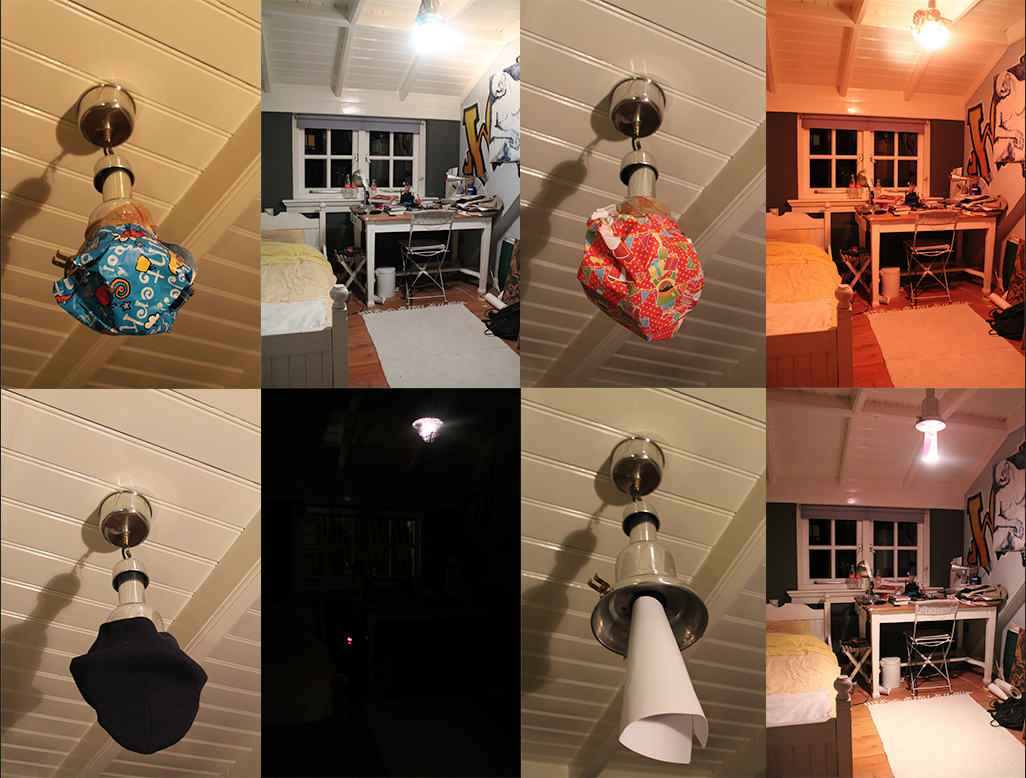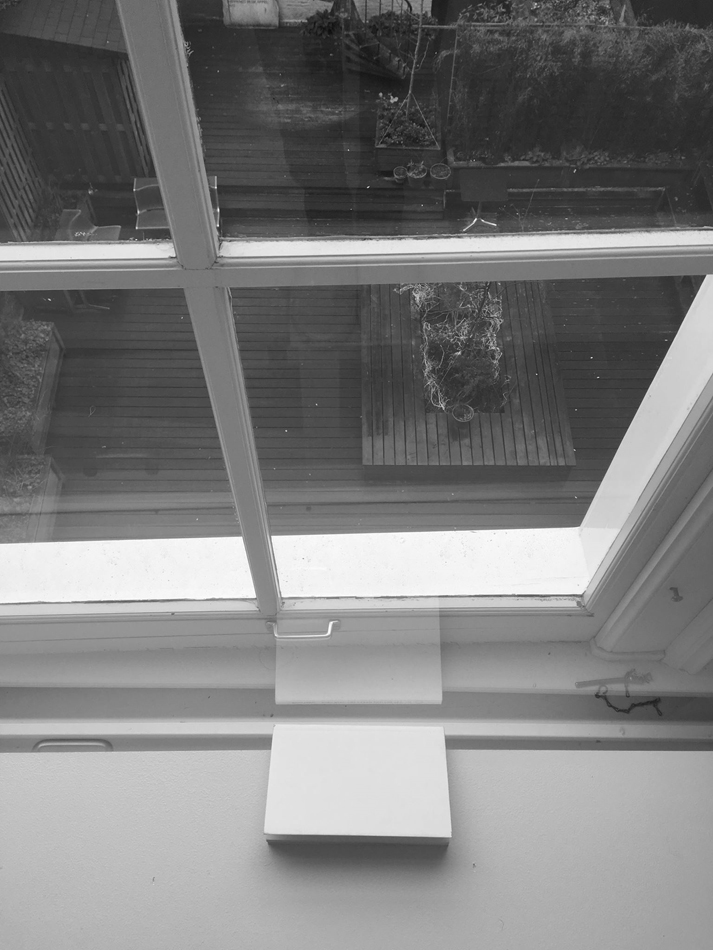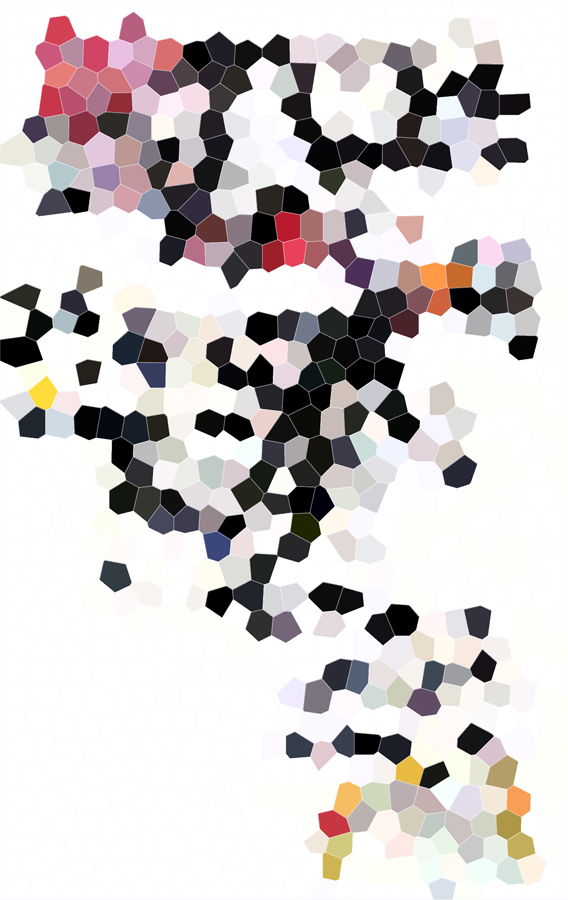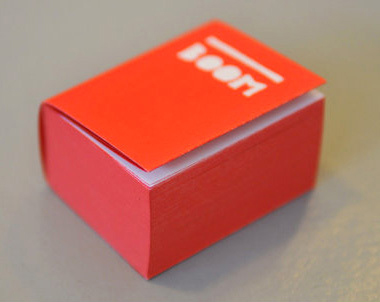Gispen’s Giso lamp (model 24)
A lamp, a simple product. A lamp only needs to give light, you have to turn on the light and after that you don’t have to touch it anymore. So a product designer is not really limited to the function of it, except the fact that it must give light. Or is this not true? Despite of all the possibilities to create a decorative lamp, Willem Hendrik Gispen made a really minimalistic lamp, the ‘Giso Lamp’ [•]. Only a white opal glass shade and a frosted glass above it, but that simplicity, I think, is the power of it. Willem Hendrik Gispen (1890-1981) was a dutch designer. In 1916 he began his own forge, called ‘W.H. Gispen & Co’, where he created crafted products. But in the twenties Gispen became increasingly influenced by the design ideas of De Stijl and he switched from traditional to mechanized production. In 1926 he designed and produced the Giso lamps, it became a big success. The Giso lamp (Nr. 24) is a pendant lamp and has a shade made of white opal glass that is 25 cm and a frosted glass disk that is 43 cm, the stem is made of nickeled metal. The opal glass ensures that the light is not really intense, but soft. The disk ensures that the light is not going up but only going down, the reason why most of all the lamps have a hood is interesting. Maybe a lamp is not only to give light, but also to give it a direction. There are a lot of Giso lamps [•], but I think Nr.24 is one of the nicest, because of that disk above the shade.
This lamp is an interesting starting point to look at the vision of Gispen about de art of light. Gispen says that in the theatre the only place is where they control the light so good, that it became a real lighting art. This is because they focus on the most essential element: the light, and they are constantly occupied with the goal: lighting. If you want to make a lamp, you should be aware of the technique and also the goal: the right light on the right place. The requirements that must be set by a good lamp are of different kind: physically, technical, economic, psychic. There are two groups that create lamps, but not with all the suspects. Architects and artist only focus on the psychic suspect, but then rarely on the main points of this suspect: colour and mood of the light. They only focus on the carrier of the light source, the lamp or ornament. The meaning of a lamp and the way to show it be interchanged. He thinks of all possibilities, an interesting way of hang up, or he creates lamps in the form of a square, instead of round, or a lamp out of wood. He thinks about everything except the fact that a lamp must be an object that light the space as good as possible. The other group is the group that only focus on the technical and economic suspect of a lamp, they want to create the best formula: the most light for the lowest costs. A lot of calculations and math, but a moderate result.

I will explain the different requirements.
The physic requirements: the light must be calm and not flicker, that is harmful to the eye. Also the light must not be too strong, that is also harmful for the eye. So you have to cover the light source. You can see how it is done in the Giso lamp. The shade is made of Giso-glass, the best kind of crystal glass, in minimal achievable thickness, (1mM.) covered with a layer of white glass, to a thickness of only 1/5 mM. They make the light pleasant and soft and only lose 10-15% of the light. Also the light must not be too weak. If the light is too weak it requires too much effort from the eye.
The technical requirements: the light out of a lamp can be controlled, by the use of reflectors, diffusers and light-breakers. The light can be absorbed and reflected, the way it absorbed and reflects depends on the material that is used for the reflectors, diffusers or light breakers. So you need to know about materials if you want to create a good lamp. There are also three different ways of lighting: – direct lighting. The reflector is so made that the light goes straight to one place, and is very concentrated. Examples are outdoor lighting or lights in a storefront.
-Indirect lighting: you get this light to let the light first been shined on to the ceiling. But the shadow it creates is so small that you get a surrealistic feeling, and also it is really expensive because the efficiency is only 35%.
-Half-indirect lighting: the best for general lighting. You’ll get this light if you put the lamp in a diffuser of a particular form. The light will shine in all directions . The Giso lamps are made to create this half-indirect lighting. But what you can see, the Giso lamp Nr. 24 has also a reflector above the diffuser, so the light won’t go up to the ceiling.
Economic requirements: maximum efficiency at minimum power consumption. Giso glass is perfect for this efficiency. It has a huge perseverance.
Psychic requirements: the place where a lamp hangs is of course important for how it looks like, a lamp in a living room must be different than a lamp in a party room or a storefront. As you have read there are many different requirements that a lamp must meet. They already decide what a lamp should look like, but you still can design a lamp as good as possible. For example Gispen uses soft gold bronze instead of dark bronze, so there is less contrast between the white shaves and the metal. The Giso lamp (Nr. 24) does not hang on a clumsy chain, but on a fine metal tube.
So maybe it was not true that a lamp is just a simple product. You have to be aware of all kind of different suspects if you want create a lamp, as Gispen did. But if you think it doesn’t matter at all, you can make whatever you want, without looking at all the requirements. (in my experiment I look don’t really look at the requirement, only at the atmosphere.)

Experiment
So now we know what Gispen thoughts were about light. I wanted to do my own light experiment. I changed my lamp into different forms, to look what will happen with the lamp and my room when I make small changes. I used my lamp in my bedroom that has a reflector above the lamp, so the light is more concentrated on the floor and less on the ceiling (like the Giso lamp number 24). I put all kind of different things under the lamp or covered it. The changes are huge, you can see it in the pictures, but it was even more in reality. If we look at the physic requirements I think Gispen would say that I made really bad lamps, because they are often too weak. Personally I like weak light, I liked the one with the white paper around the lamp, and the light concentrated on one point of my room and the rest of the room was less light. Economically it were also not really good lamps, a lot of light gets absorbed so it was not really: maximum efficiency at minimum power consumption. But my experiment was not about creating a good lamp. But about what little changes to a lamp do with the atmosphere of the room. I found out that it changes a lot to a room, but also really your mood. When found out that when the light changed, so my view at my room changed, so my mood changed. The best example was maybe the one with the color, the blue was cold and the red warm. Also the weakness of the light matters to my mood, the darker, the more I get into a mysterious almost melancholic mood. So I discovered through this whole research the impact of a lamp in a room. And that is bigger than I first thought.









